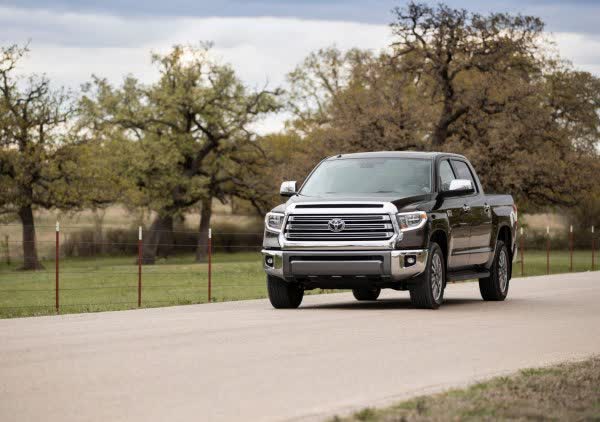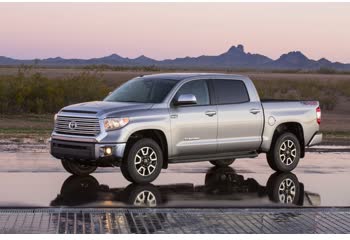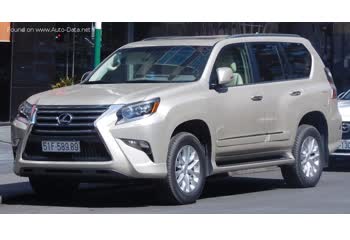Everything you need to know about specifications and performance - Toyota Tundra 2017 - 4.6 V8 (310 Hp) ECT-i

Overview:
What is the engine capacity of a Toyota Tundra 2017?
The engine capacity of the Toyota Tundra 2017 is 4608.
Toyota Tundra 2017 How many horsepower?
The engine power of the Toyota Tundra 2017 is 310 Hp @ 5600 rpm..
What is the Toyota Tundra 2017 engine?
Toyota Tundra 2017 engine is 1UR-FE. (Click to see other cars using the same engine)
How much gasoline does a Toyota Tundra 2017 consume?
The Toyota Tundra 2017 consumes 14.7 liters of gasoline per 100 km
What is the recommended oil for a Toyota Tundra 2017 engine?
The recommended oil for a Toyota Tundra 2017 car engine is 5W-30.
What type of camshaft transmission system is used in a Toyota Tundra 2017 engine?
chain is used to transmit motion.
General:
Engine:
Performance:
Space:
dimensions:
Powertrain, Suspension and Brakes:
See also

Last generation.
Its production began in 2021 until Now

Other generation.
Its production began in 2013 until 2017

Same engine. (1UR-FE).
Its production began in 2009 until 2013

Same engine. (1UR-FE).
Its production began in 2013 until 2019

Same production year and almost the same engine capacity.
Its production began in 2017 until 2019

Write a comment